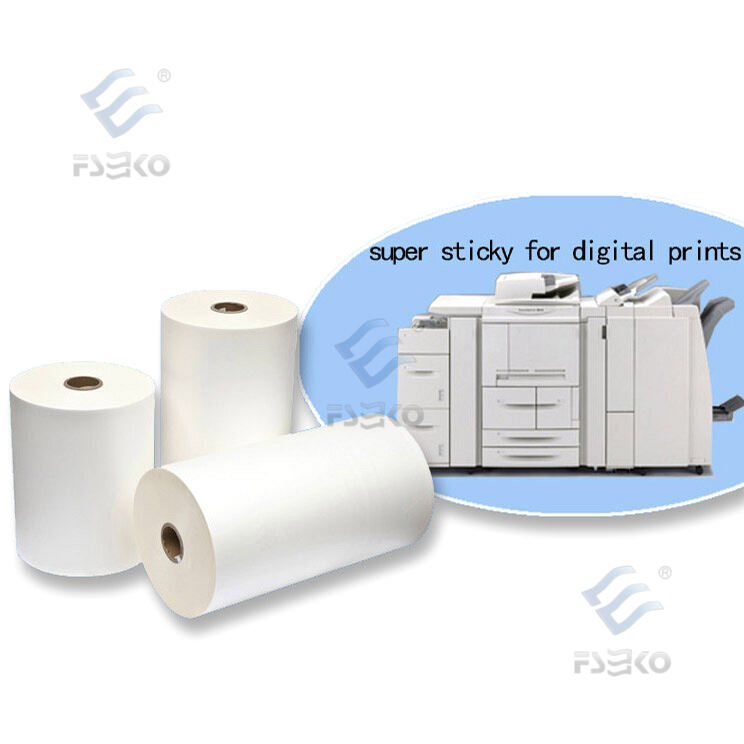The development of digital lamination films marks a remarkable advancement in technology. With the increase in eco-friendly business practices, there also comes a greater need for green print solutions. In this articles, I explain how digital lamination films aid international clients and how modernization is integrating sustainable printing technologies.
These films are produced from recyclable polymers. Not only do these materials allow businesses to lower their carbon emissions, they can also serve as energy-efficient commodities during production. The use of digital lamination films can further enhance the ecological value along with the aesthetic appeal and strength of the printed products.
One of the important shifts has been the transition to tougher, but more reversible films. Milas makers of environmental consciousness are by far the most active in creating materials that emit vaporizing hits. Such changes help both the taxpayers as well as businesses to lessen wasteful spending. These biodegradable lamination films demonstrate how environmental protection can be achieved without compromising the quality of the product.
The biggest change has been the growth of customization options of brand digital lamination films. Businesses can now implement custom finishes and textures that meet branding standards of a particular product. This degree of freedom allows the capture of print materials aesthetics while enabling the corporations to distinguish themselves from the multitude of competitors. As the world shifts to a more customer-driven focus, the option to modify lamination films turned into a marketing lever for firms intending to win and keep customers.
In addition, the change that digital printing together with lamination is transforming is considerable. It permits business to accomplish shorter and poorer quality runs much faster and with fewer resource or cost impacts than using traditional, and average methods. Many small and medium enterprises lacking high volume production capabilities will value this time savings. Now more businesses can integrate sustainable printing solutions with the use of digital lamination films.
There has been an improvement with transparency in sourcing and production. Customers seem to want to know more about the materials and processes which go into printing products. Manufacturers have issued certifications and environmental impact assessments for their digital lamination films. This is helpong satisfy the customers while improving relations and reputation with them.
The research on digital lamination films still shows that there are some attempts towards the green movement in the printing industry. These films are compostable and, together with customization and transparency, change the way companies approach printing. The change is happening, and the demand is emerging, and those who are tracking the data strive to create a positive impact in the industry.


